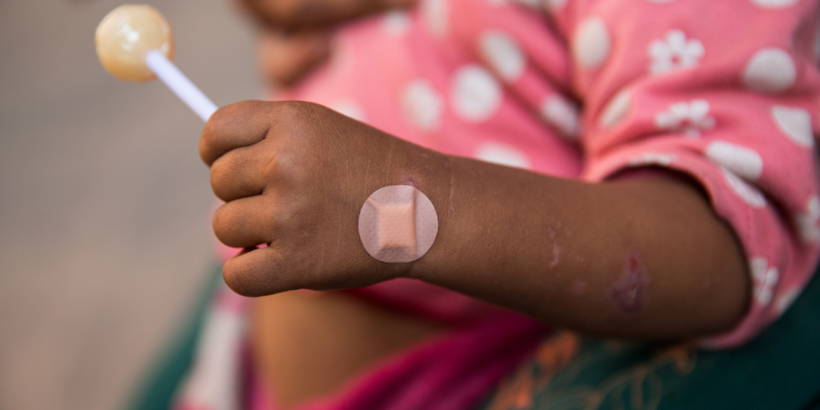Whenever a new vaccine is approved for use, such as the newly prequalified typhoid conjugate vaccine, there are many critical policy questions at hand to determine, including who in the population will receive the vaccine and whether the vaccine will be distributed through standalone programs versus integrated into existing healthcare systems. While much data is generated during a vaccine’s approval process, there remain pragmatic considerations on the best, more effective and efficient way to deploy the vaccine. To support these policy decisions, we as researchers chose to use epidemiology and simulation modeling to predict various outcomes of possible policy choices for this vaccine.
Using a statistical model, our team of researchers, based mostly at the Stanford University School of Medicine, simulated the cost-effectiveness of using the typhoid conjugate vaccine in two different approaches over a 10-year period. Choosing a period of ten years in our model allowed us to see the predicted costs and long-term effects of the vaccine under various scenarios, while still keeping it short enough to account for any uncertainties that may arise. By simulating the effectiveness of the vaccine in our model world, we can make predictions with the goal of supporting recommendations for preventing typhoid.
One of the key considerations in selecting a vaccination strategy is balancing the cost of vaccination with the health and economic burden of typhoid fever. Even aside from the financial burden to the families of patients, governments shoulder a financial loss for the lost productivity as parents take time off to care for a child sick with typhoid, the burden a patient might represent to the healthcare system, or the years lost when a child dies of typhoid. One of the many questions facing governments of typhoid-endemic countries around the world is whether the financial benefit of vaccinating against typhoid exceeds the cost.
Talking with immunization experts, we considered two primary strategies for introducing the typhoid conjugate vaccine in endemic countries. The first would be to simply administer the typhoid conjugate vaccine as part of a routine immunization program for infants. The second strategy adds a one-time catch-up campaign for school-age children (age 5-14) who would otherwise not receive the vaccine. We tested these two strategies in our mathematical model, basing our vaccination rates and costs on estimates from other vaccines around the world. Here’s what we found out:
- Typhoid conjugate vaccines were highly cost-effective when administered by routine immunization of infants in settings with an annual incidence of fewer than 50 cases/100000
- Typhoid conjugate vaccines were highly cost-effective when administered by routine immunization of infants plus a catch-up campaign in settings with an annual incidence of more than 130 cases/100000
In other words, in low-income countries with at least a moderate incidence of typhoid, the typhoid conjugate vaccine would be highly cost-effective. In counties with higher burden of typhoid, consideration should be given to adding a catch-up campaign in young children.
The study was recently published in the Journal of Infectious Diseases and timed to coincide with many important policy decisions for the typhoid conjugate vaccine, including by the World Health Organization’s Strategic Advisory Group of Experts and Gavi. As typhoid-endemic countries contemplate the optimal vaccine strategy for this country, we hope the results of our cost-effectiveness modelling study can help support their decision to ensure the benefits outweigh the costs from typhoid fever.
Photo credit: Bill and Melinda Gates Foundation | Sam Reinders



